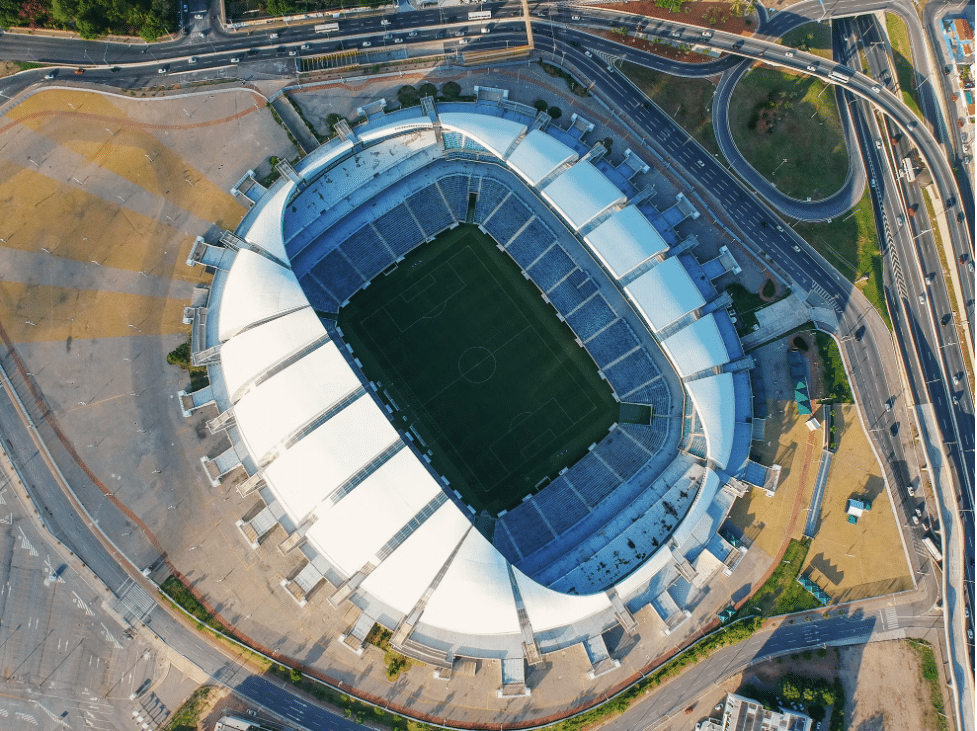Climate change is affecting sporting activities globally, and soccer is no exception to the change. Weather conditions have since become more volatile, thus causing havoc to match schedules. The new conditions have been a shocker for fans, clubs, and stadium managers because scorching heat, sudden rain, and strong winds can prompt the cancellation of matches. These are some of the challenges that soccer faces around the world. This is why the global soccer community needs to face these challenges squarely to ensure this game continues to be played.
Changes of Match Schedules Because of Severe Climates
Due to the effects of climate change, soccer matches experience an issue of unbudgeted huge weather disturbances that lead to delays, rescheduling, or complete cancellation of games. When it becomes very hot, some games are played in the evening, while others are rescheduled to the cooler evening. It is also possible to maximize these unexpected changes with the help of the MelBet download, which helps you make a bet on the rescheduled match in advance. In areas that experience torrential rains, fields get waterlogged, and games become unplayable within a short time, making it hard for teams to find new dates or better pitches.
Difficulties in Preserving the State of Field for Play
Climate change has made it a challenge to keep playable soccer fields. Stadium groundskeepers and organizers must contend with the following:
- Sporadic rain patterns result in water-saturated surfaces for playing football.
- Droughts make the grass dry and develop cracks, thus making it difficult to achieve quality surfaces.
- The integration issue is making the fields durable enough to sustain the number of matches in a single day while at the same time accommodating unpredictable weather.
However, clubs continue demanding better field technology specifically for handling harsh weather in order to continue with the game.
Changes in the Design of Stadiums and Their Locations
Climate change is a reality that has made soccer stadiums change in a bid to adapt to the climate challenges. Beachfront stadiums threatened by flooding or field complexes located in dry climates – all of them have to change. Today, one can benefit from such conditions by applying certain predictions using online betting sites, which present new opportunities associated with how and where games are conducted. Clubs and architects are always coming up with ways to prepare these stadiums for future climate changes.
Recent Development on Green Stadium Architecture
Football grounds are starting to incorporate sustainable practices to reduce the effects that they have on the environment. Modern-built structures have incorporated solar panels for power production, rainwater harvesting for cultivation, and sophisticated air exchange for climate control. One good example is Qatar’s Education City Stadium, where the designs used sustainable materials and smart cooling mechanisms for extreme heat. This provides a glimpse of how modern stadiums can use technology in environmental conservation and minimize the carbon footprint while not compromising the comfort of the fans.
Strategies of Relocations and Renovations
Most of the clubs are experiencing the impacts of climate change, and they are either moving to new grounds or improving their current facilities. Relocation strategies are most frequently used in stadium areas that are often flooded due to increased sea levels. Clubs also redesign older facilities, and the changes may include the laying down of artificial turf that is resilient to both drought and waterlogging, improving the drainage system, and increasing the height of stands to protect from higher wind speeds. These measures help in making sure that the games can still go on regardless of the weather conditions that are expected.
Economic Loss on Clubs and Affected Economies
How climate change impacts soccer is not only restricted to the tournaments but also affects the financial health of the clubs and the local economy. Clubs experience increased expenditures due to the unpredictable climate, and the local enterprises that rely on match days are no exception. Some key financial impacts include:
- Extra costs related to having to adjust stadiums for the hosting of games, and more so the addition of climate control systems.
- Tingling revenue from canceled or postponed matches.
- Restrictions on tourism and local businesses on game days due to weather changes.
This changing environment has created a new task for clubs and their respective communities to be financially sustainable.

International Undertakings and Future Trends
Globally, there are different measures being taken to address the effects of climate change on soccer. Some of the sustainability measures that many leagues are implementing include using renewable energy sources in their stadiums and using environmentally friendly means of transport. For instance, FIFA has been encouraging environmentally friendly designs of stadiums for future tournaments. The future trend is set to increase efforts towards innovation and partnership as the international soccer fraternity seeks to protect soccer from climate effects to enable fans to watch their favorite soccer games in the coming years.
Future Prospects
In the future, therefore, soccer will depend on how the clubs and the governance handle the climate issues. The fact is that the future of the sport will depend on the ability to adapt to new technologies and practices that sustain the game while preserving the fans’ perspective. These changes will be initiated by the feelings that fans have for the game in order to create a sense of attachment. Yes, soccer will overcome all these challenges and even transform and grow!
